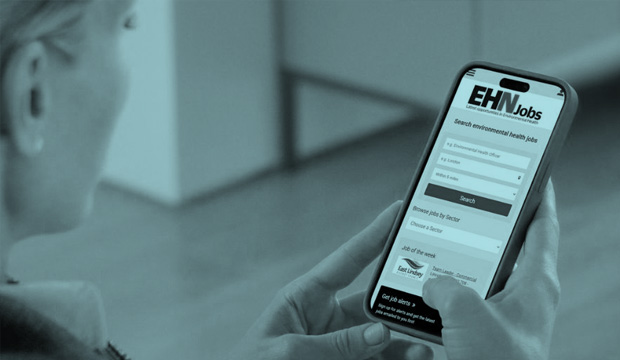Looking for a new role in environmental health?
Whether you're just starting out or ready for your next step, EHN Jobs connects you with the latest opportunities in environmental health across the UK.

Jon Buttolph, Associate Director of Membership & Professional Development, answers your key questions in the run-up to the launch of CIEH’s new registration pathway on 20 September

Looking for a new role in environmental health?
Whether you're just starting out or ready for your next step, EHN Jobs connects you with the latest opportunities in environmental health across the UK.